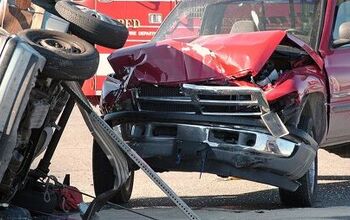These States Have The Cheapest Car Insurance In 2025

The average annual rate for automobile insurance in the United States in 2025 is $2,638. According to Bankrate, that’s up 12% compared to last year and it represents 3.39% of a driver’s total annual income. Naturally, though, not everyone across the country pays the same amount, and drivers in some states pay a lot less than others.
Cheapest states for auto insurance in 2025: |
|---|
Idaho: $1,454 |
Vermont: $1,470 |
Ohio: $1,596 |
Maine: $1,627 |
Hawaii: $1,689 |
Indiana: $1,723 |
Wyoming: $1,747 |
North Dakota: $1,798 |
New Hampshire: $1,823 |
Washington: $1,845 |
In raw dollars and cents, drivers in Idaho pay the least amount of money annually for auto insurance in America in 2025. But that’s not the entire story. Bankrate also calculated the percent of income spent on auto insurance in each state, which is an important distinction if you’re factoring in median income rates. Here’s how that changes the numbers:
Percent of income spent on auto insurance |
|---|
Hawaii (1.77%) |
Vermont (1.81%) |
New Hampshire (1.88%) |
Idaho (1.94%) |
Washington (1.95%) |
Massachusetts (2.09%) |
Maine (2.21%) |
Utah (2.28%) |
North Dakota (2.35%) |
Ohio (2.35%) |
Drivers in Florida saw auto insurance premiums climb by $782 in 2025 versus the prior year. That’s the largest single increase reported by Bankrate, followed by Louisiana and Colorado.
Not surprisingly, those are also the two states with the highest average insurance premiums overall, coming in at $4,171 in Florida and $3,878 in Louisiana. Using Bankrate’s True Cost Ranking formula, drivers in Louisiana pay the highest percentage of their annual income on auto insurance at 6.83%.
Become an AutoGuide insider. Get the latest from the automotive world first by subscribing to our newsletter here.

Growing up in a family obsessed with performance and as the son of an automotive engineer, Jeremy Korzeniewski has spent his entire life as a car enthusiast. Also an avid motorcyclist, Jeremy has spent the last two decades writing about the transportation industry and providing insights to many of the largest automotive publications in the world.
More by Jeremy Korzeniewski
































Comments
Join the conversation